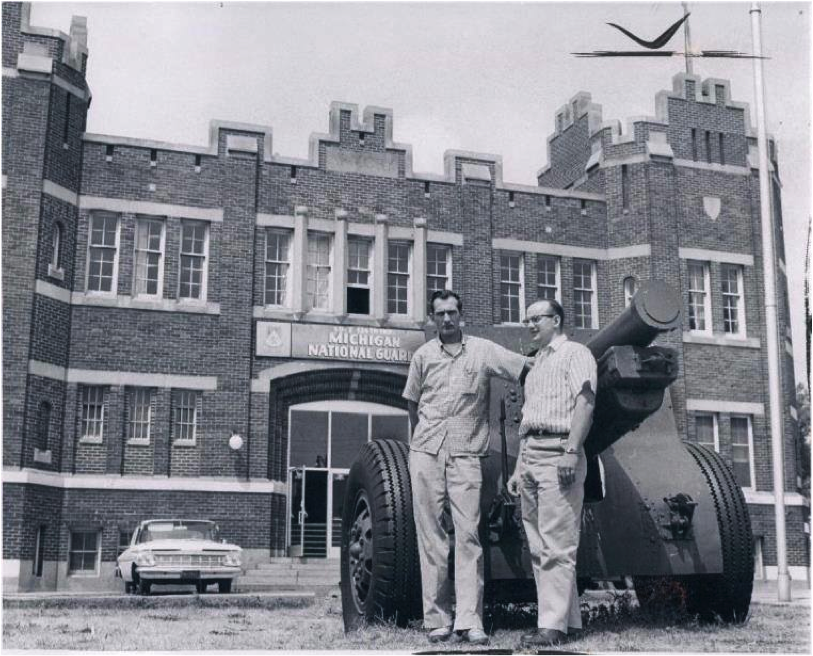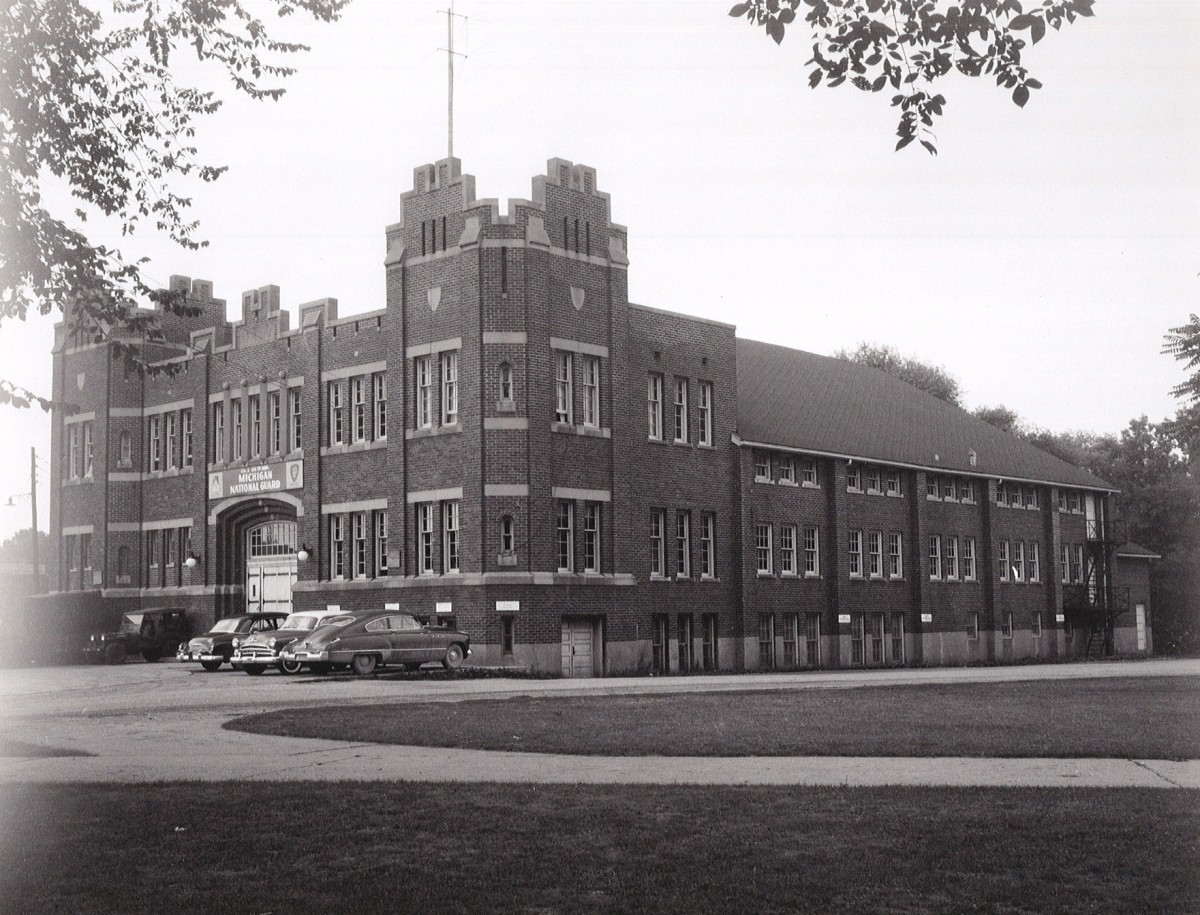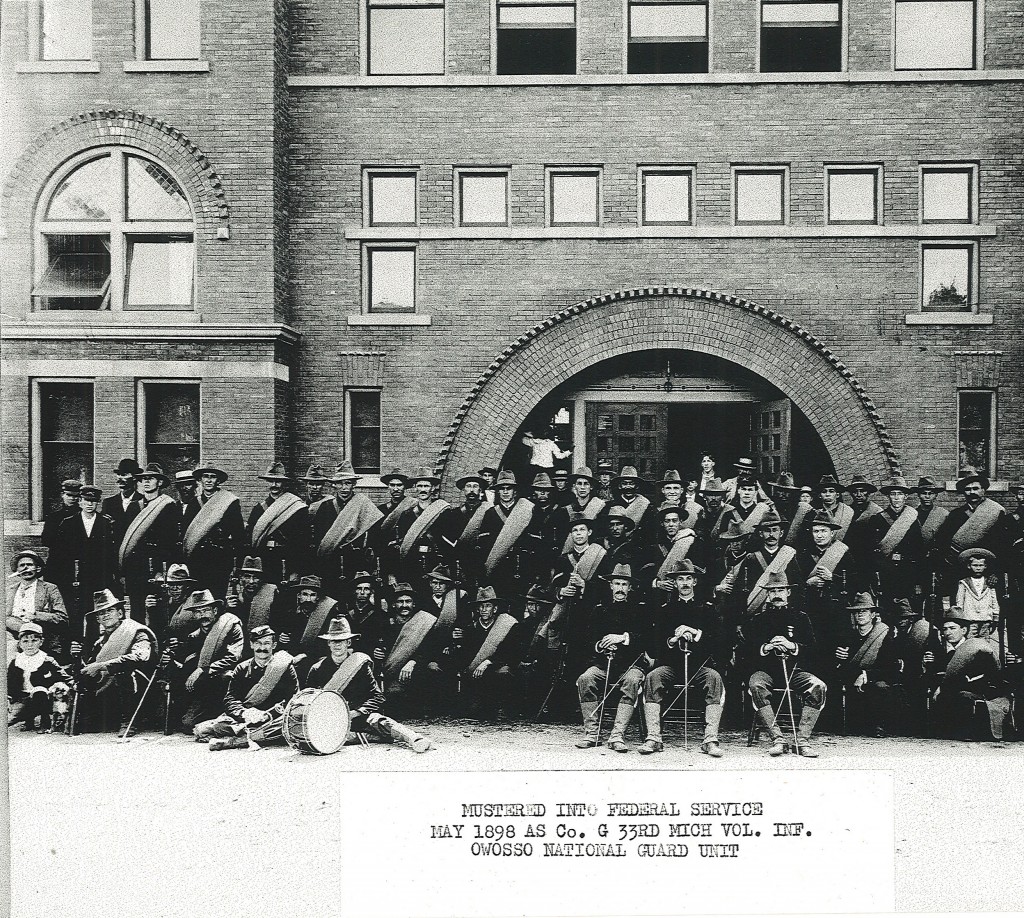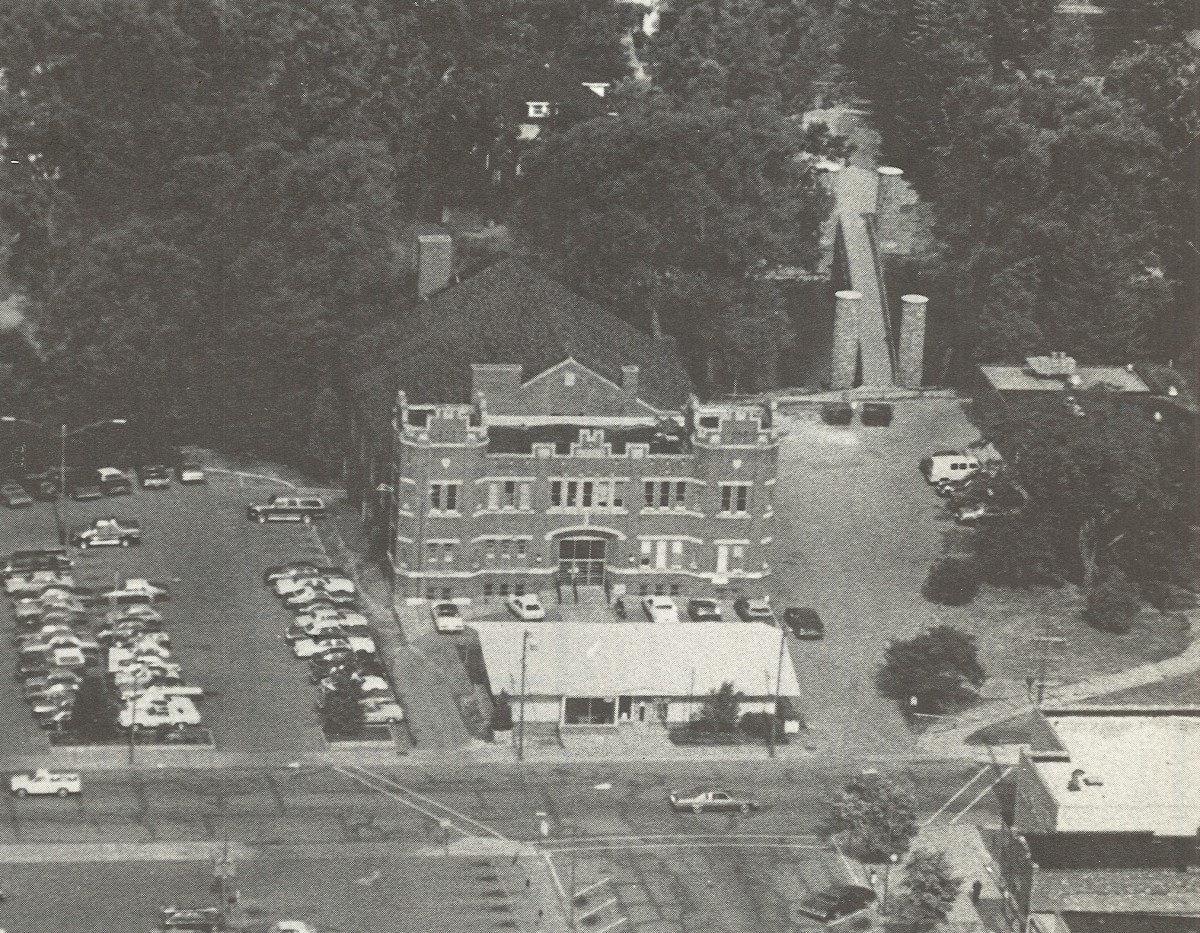Owosso Armory History
Armory Background
Built in 1915, The Armory has seen thousands of National Guard soldiers on their way to or from service to our country. It has been the site of hundreds of concerts, dances and community events. It has been host to debates, lectures, prize fights, sporting events and weddings. Artists like Grand Funk Railroad, Alice Cooper, Jerry Lee Lewis, Sam the Sham and the Pharohs and The Kingsmen have performed.
Other military units that have the utilized the old armory include the Co. G 33rd Michigan Volunteer Infantry in the late 1800s; and the 24th Michigan Volunteer Infantry in the early 1900s. The cost to construct the building was approximately $30,000, though historical documents differ.
The building has been vacant since 2007 when the Shiawassee County Readiness Center was built to replace the nearly century-old armory for members of the 144th Military Police Company. The center is a modern facility with adequate troop areas capable of supporting the training, supply and administrative mission of assigned units and their mobilization missions.


Funding for The Armory’s original construction came from municipal bonds secured through the efforts of a prominent Owosso resident, physician and military leader, Obed Parker, along with other supporters. According to Volume Two of the eBook History of Michigan:
The citizens of Owosso are especially grateful to Dr. Obed Parker for his work in connection with the local military organization. In 1900 he became a private in Company H of the Michigan National Guards at Owosso, retiring to private life in 1903. Then in 1909 he was elected and commissioned captain of the same company, serving one year as its chief commanding officer. While captain of the Owosso Military Company, he succeeded in securing from the local citizens of Owosso an appropriation to purchase an armory site, and then through his further efforts the state appropriated fifteen thousand dollars to build an armory. This appropriation came in 1913, and the armory will be erected at the foot of Exchange Street. The building of the armory is only the culmination of the enthusiastic efforts of Dr. Parker in behalf of the military organization. Almost as soon as he took command of the company, he brought about a great change in the financial condition of the organization which at that time had suffered many discouragements and was greatly in debt.
In the encampment of the National Guards at Ludington, in 191 1, the Owosso Company was the largest band of soldiers that ever left this city. Three months after taking command Dr. Parker by diligent discipline and practice had created more expert rifle shots than had ever been produced before in the history of the company. He then set to work in cooperation with the city council and with the general public and eventually bonds were issued to purchase the site for the armory. In March, 1914, he was again made captain of Company H, preparatory to the expected complications with Mexico.
In the October 10, 1914 edition of the Michigan Manufacturer & Financial Record, Volume 14, Frank E. Carter wrote that:
“Shiawassee County and the City of Owosso last week sold a bond issue of $13,000, $8,500 for the county and $4,500 for the city, the proceeds of which will be used for the construction of any armory and an auditorium.”
Michigan’s State Historic Preservation Office added the Owosso Downtown Historic District – including the Owosso Armory – to the National Register of Historic Places in May 2014. According to the register:


The Owosso Downtown Historic District is roughly bounded by the Shiawassee River and Water, Comstock, Park and Mason streets. The district contains more than 100 buildings, dating primarily from the 1850s to the 1960s. The area has served as Owosso’s central business district since the community’s establishment in the 1830s and remains today a key business center for the city even though the usual commercial strips have developed on the city’s outskirts. The district contains such key historic landmarks as the City Hall, old high school building, the Capitol Theater/Lebowsky Center, and the former National Guard Armory, along with churches, social and fraternal hall buildings, and buildings which have housed much of the downtown’s commercial activity over the years. The district’s commercial buildings range in style from vernacular Greek Revival and Italianate to Neoclassical and International style. A particularly distinctive feature, and one that separates downtown Owosso from many other small city downtowns around Michigan, is its concentration of late Victorian buildings displaying intricate brickwork.to the expected complications with Mexico.
The 144th Military Police Company, which was housed at the Armory and now works from the Shiawassee Readiness Center in Corunna, is known as the “Blackhats.” Its members have a long and distinguished lineage and history. The unit is a combat support unit that has deployed all over the world for both peacekeeping and wartime operations.
The Blackhat motto of the 144th Military Police Company is derived from the easily recognized Blackhat as worn by the 24th Regiment Michigan Volunteer Infantry, part of the legendary Iron Brigade, during the U.S. Civil War. Even though not directly descended from the 24th, the 144th Military Police is derived from the 2nd Michigan Infantry, a sister unit to the 24th during the Civil War. Learn more here.
